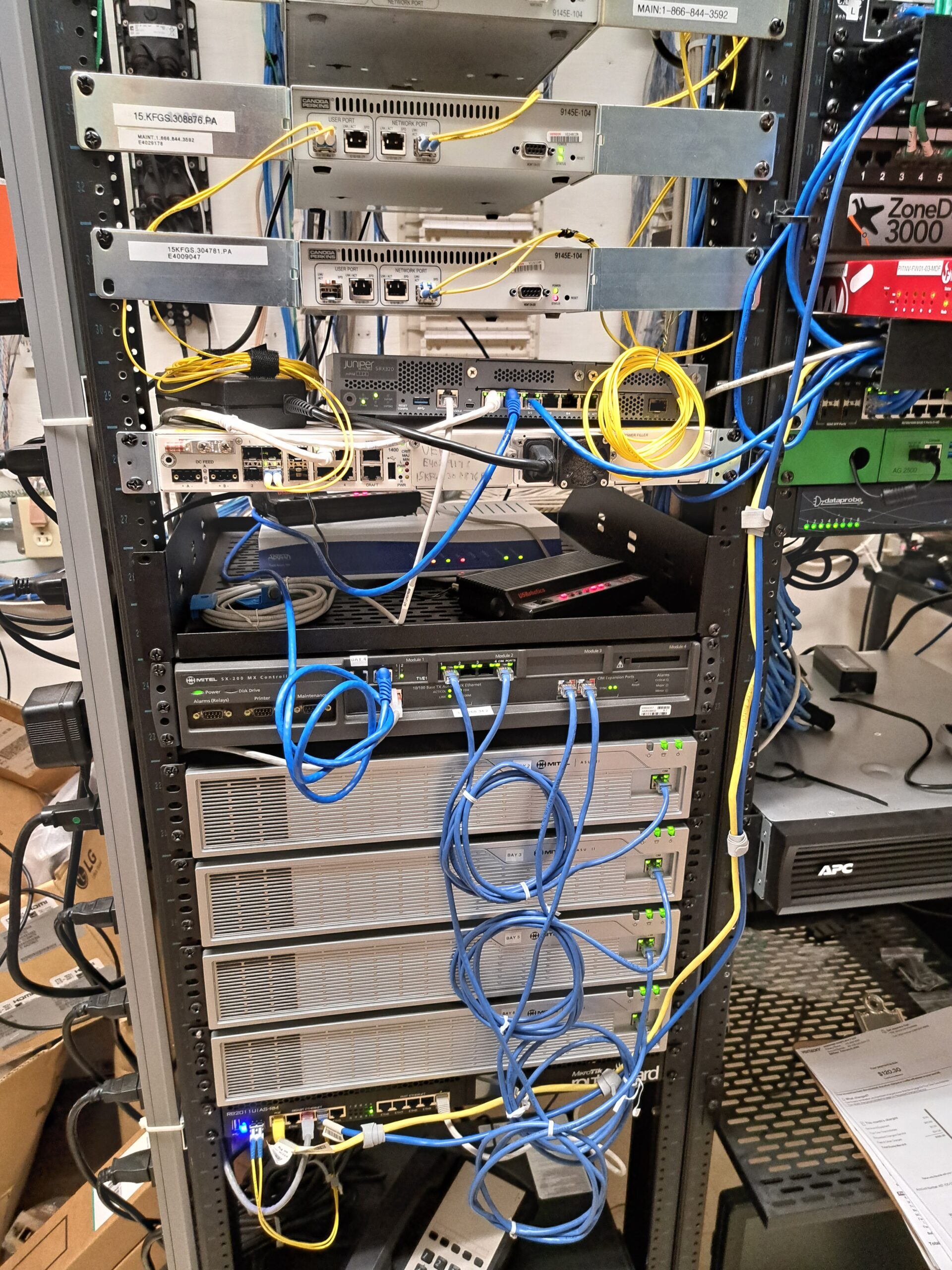In today’s interconnected world, maintaining strong cyber hygiene is crucial to protect your digital assets from increasingly sophisticated cyber threats. With the convergence of telecom systems and traditional computing platforms, the risks are greater than ever. This article will explore the importance of cyber hygiene, focusing on securing Customer Premise Equipment (CPE) and user management practices, as well as general best practices for collaborating with service providers.
Table of Contents
Good Cyber Hygiene
In modern telecom environments, the same servers that host websites and databases also power IP-PBXs, voicemail systems, call-center platforms, and Interactive Voice Response (IVR) systems. These systems, often running on Windows and Linux operating systems, are prime targets for hackers and fraudsters. Maintaining good cyber hygiene involves adhering to cybersecurity best practices to protect these systems from unauthorized access and fraudulent activities.
Customer Premise Equipment (CPE)
CPE, or Customer Premise Equipment, refers to the hardware and systems on your premises that connect to IP networks and the internet. This equipment is often the most vulnerable point of entry for cyberattacks, making it critical to implement robust security measures. While it’s impossible to eliminate the risk of telecom fraud entirely, following industry-sanctioned best practices can significantly reduce your exposure.
Best Practices for Securing Your CPE
Given that most local VoIP systems, such as PBX, IP-PBX, and Session Border Controllers (SBCs), are built on standard computing platforms like Linux, it’s essential to incorporate the following best practices into your security plan:
- Regular Backups: Ensure your systems are backed up fully and frequently. This allows you to restore from a clean backup in case of a compromise, minimizing data loss and downtime.
- Traffic Data Review: Monitor and analyze call logs and Call Detail Records (CDRs) to detect any abnormal patterns that could indicate fraudulent activity. Regularly review long-distance (LD) usage for inconsistencies.
- Voicemail Security: Implement strong PIN and password policies for voicemail systems, disable outbound calling and call-forwarding features, and regularly update the system to prevent exploitation by hackers.
- System Updates: Keep your IP-PBX and voice platform operating systems up-to-date with the latest security patches. Outdated systems are prime targets for attackers.
- Time-Based Call Handling: Disable or restrict outdial features during non-business hours to limit the potential for fraudulent activity. Consider allowing only inbound calls and emergency (911) services during these times.
- SIP-Based Firewalls: Deploy a SIP-based firewall to inspect voice and data packets, ensuring only authorized traffic passes through your network. The firewall can also alert you to suspicious activities and block unauthorized IP addresses.
- Access Control Lists (ACLs): Use strong ACLs to secure communications while preventing unauthorized access. Consider implementing two-factor authentication for remote and administrative users.
- Port Security: Disable all IP ports that are not in use, particularly those like ports 5060 and 5080 on IP-PBX systems, which are often targeted by hackers.
- Monitoring and Alerts: Set up alerts for all registration events in your PBX, IP-PBX, and Call Manager systems, including failed attempts. Blacklist unrecognized or foreign IPs that attempt access.
User Management Tips for Securing Your Users
Securing user accounts and devices, especially in a VoIP environment, is essential for preventing unauthorized access:
- Rate Limiting: Limit the number of login attempts to prevent brute-force attacks. Enable system lockout after a set number of failed attempts.
- Multi-Factor Authentication (MFA): Implement MFA for enhanced security, particularly for remote access and administrative accounts.
- Account Monitoring: Monitor for unauthorized user agents (UAs) and block or filter traffic from suspicious IP addresses. Disable or remove fake accounts and prevent account scanning attempts.
- Authentication Error Handling: Use security products that can flag and reduce the rate of incorrect authentication attempts. These tools can detect and prevent brute-force attacks and unauthorized registration attempts.
General Best Practices for Working with Your Service Provider
Effective communication and collaboration with your service provider are key to maintaining robust security:
- Fraud Contact Distribution: Establish and maintain a fraud-contact email distribution list that includes individuals authorized to make critical network decisions. Update this list every six months and notify your support team of any changes.
- Fraud Response: Ensure that your fraud-contact list includes personnel who can take immediate action in response to fraudulent activity, such as blocking traffic or disabling international calling.
Conclusion
Good cyber hygiene is not just a set of recommendations but a crucial practice in safeguarding your communications systems from fraud and cyber threats. By securing your Customer Premise Equipment, implementing strong user management practices, and collaborating effectively with your service provider, you can significantly reduce your risk of cyberattacks. In a world where cyber threats are constantly evolving, staying vigilant and proactive in your cybersecurity measures is more important than ever.

